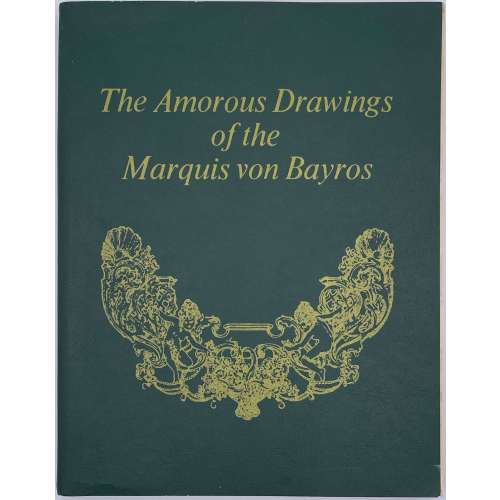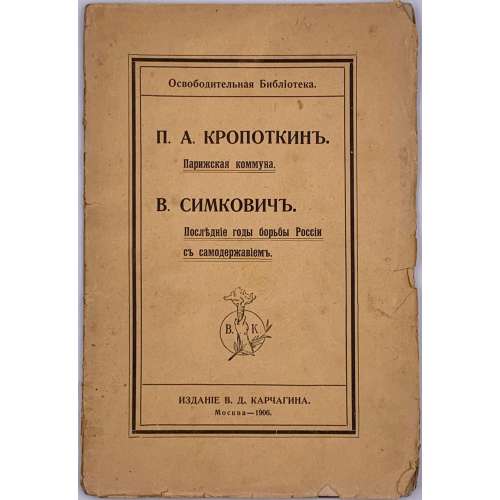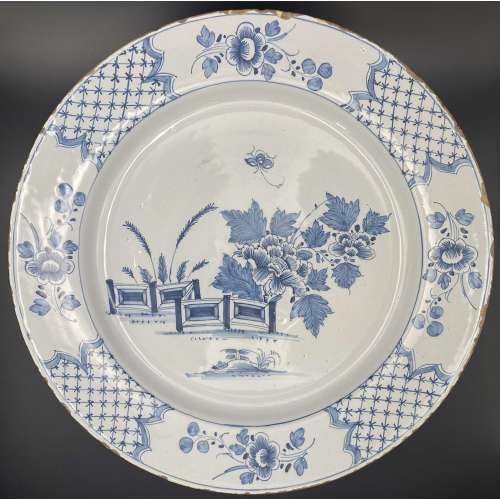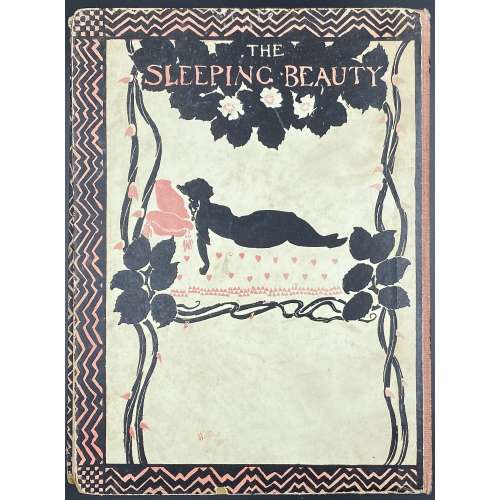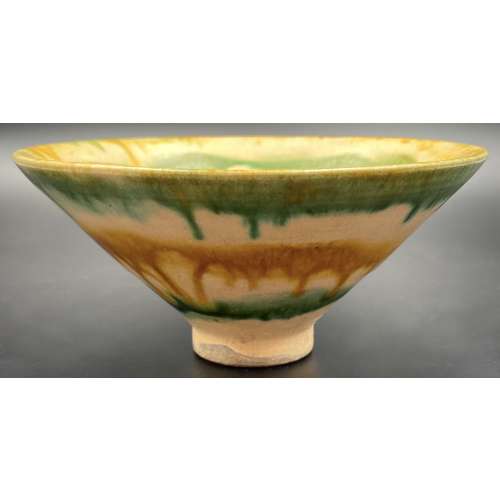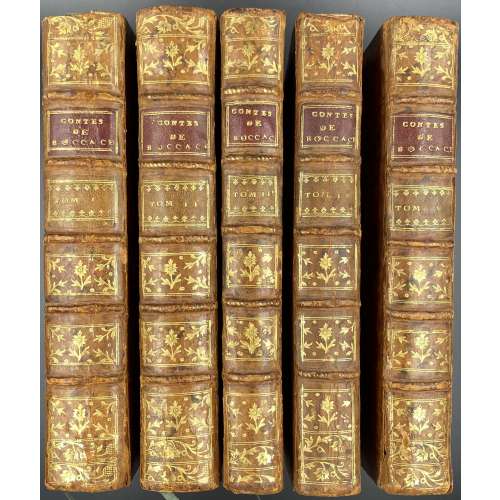Five volumes, uniformly bound in marbled three-colour stained polished calf, spine with raised bands, gilt in compartments, crimson label with gilt lettering “CONTES DE BOCCACE”, cream label with volume number, marbled endpapers and all edges; bookplate pasted to first blank flyleaf “BIBLIOTHÈQUE DE LAJUDIE” depicting a coat of arms over an anchor, anchors and tulips scattered in the upper section, globe in the lower section, in a frame.
Size: 21 x 14 cm.
Translated by Antoine Le Maçon (French, 1500? – 1559).
Vol. 1: [4] two blank leaves, portrait by Louis Lempereur after Hubert Gravelot, engraved t.p.: LE | DECAMERON | DE JEAN | BOCCACE. | TOME I. | Londres | 1757. | H. Gravelot Inv. […] T.P. N 21 […] J. Aliamet Sculp. ||, engraved frontispiece to Vie de Jean Bocace by Lempereur after Gravelot; Pagination: [i] ii-viii (Vie de Jean Bocace with head- and tail-pieces); [1] 2-320 [2] one blank leaf. Collation: 8vo; a4 A-V8, 164 leaves + 6 blanks + 24 plates (incl. portrait, frontis., and t.p.) extraneous to collation, 1 headpiece and 18 tailpieces.
Vol. 2: [4] two blank leaves, engraved t.p.: LE | DECAMERON | DE JEAN | BOCCACE. | TOME II. | Londres 1757 | H. Gravelot inv. […] T.II. N.1. […] N. LeMire Sculp .||; Pagination: [1] 2-292 [2] one blank leaf. Collation: 8vo; A-S8 T2, 146 leaves + 3 blanks + 23 plates (incl. t.p.) extraneous to collation, and 18 tailpieces.
Vol. 3: [4] two blank leaves, engraved t.p.: LE | DECAMERON | DE JEAN | BOCCACE. | TOME III. | Londres 1757 | Gravelot inv. […] T.III. N.1. […] Aillamet Sc. ||; Pagination: [1] 2-203 [204] [2] one blank leaf. Collation: 8vo; A-M8 N6, 102 leaves + 3 blanks + 23 plates (incl. t.p.) extraneous to collation, and 18 tailpieces.
Vol. 4: [4] two blank leaves, engraved t.p.: LE | DECAMERON | DE JEAN | BOCCACE. | TOME IV. | Lond 1761 | Gravelot invenit […] T.IV. №.I. […] Alliamet Sculpsit. ||; Pagination: [1] 2-280 [2] one blank leaf. Collation: 8vo; A-R8 S4, 140 leaves + 3 blanks + 23 plates (incl. t.p.) extraneous to collation, and 20 tailpieces.
Vol. 5: [4] two blank leaves, engraved t.p.: LE | DECAMERON | DE JEAN | BOCCACE. | TOME V. | Londres 1761 | Gravelot, inv. […] T.V. N.1. […] Aillamet Sc. ||; Pagination: [1] 2 [3] 4-269 [270] [2] one blank leaf. Collation: 8vo; A-Q8 R7, 135 leaves + 3 blanks + 23 plates (incl. t.p.) extraneous to collation, and 22 tailpieces.
Total plates: 24+23+23+23+23=112; total vignettes: 19+ 18 + 18 +20 + 22 = 94; total etchings and engravings: 213.
Ref: MFA ACCESSION NUMBER 37.1371a-e; Cohen-de Ricci 160; Ray, French Illustrated Book, 15 / p. 39-41; Metropolitan Museum, NY (Accession Number: 17.3.2641).
Contributors:
Authors: Giovanni Boccaccio (Italian, 1313–1375); Filippo Villani [Philippe-Matthieu Villani] (Italian, 1325 – 1407)Illustrated by: Hubert François Gravelot (French, 1699–1773).
Artists: Charles Eisen (French, 1720–1778); François Boucher (French, 1703–1770); Charles-Nicolas Cochin le fils (French, 1715–1790), Jacques Aliamet (French, 1726–1788)
Engravers: Jean Charles Baquoy (French, 1721–1777); Jean Jacques Flipart (French, 1719–1782); Louis Legrand (French, 1723–1807); Noël Le Mire (French, 1724–1801); Louis Simon Lempereur (French, 1725–1796); Catherine Elisabeth (Cousinet) Lempereur (French, born in 1726); Jean-Jacques André Le Veau (French, 1729–1786); Pierre Etienne Moitte (French, 1722–1780); Jean Ouvrier (French, 1725–1784); Jean Jacques Pasquier (French, died in 1785); Pierre (Pitre) Martenasie (Flemish, worked in France, died in 1770?); Augustin de Saint-Aubin (French, 1736–1807); Dominique Sornique (French, 1708 – 1756); Jacques Nicolas Tardieu (French, 1716–1791).
Publisher: Prault (French, 18th century)
Note: MFA copy has a slightly different collation: [v. 1] 152 leaves, plus plates; [v. 2] 136 ll., plus pls.; [v. 3] 98 ll., plus pls.; [v. 4] 131 ll., plus pls.; [v. 5] 124 ll., plus pls. This is their description: "First edition with these illustrations; a French translation (Cohen-de Ricci 160) appeared slightly later. Gravelot designed 89 of the 111 plates, and all 97 of the tailpieces, his largest single commission. Some 115 of his preliminary sketches by this series are in the Rosenwald Collection, Library of Congress; 131 of the final engraver's models are in the Widener Collection at the National Gallery of Art; and two other finished drawings are in the Ray Collection, Pierpont Morgan Library. Ten plates were designed by Eisen, and Cochin and Boucher had six each. As some plates in the later volumes are dated as late as 1761, the actual issuing of the volumes apparently extended to that date."
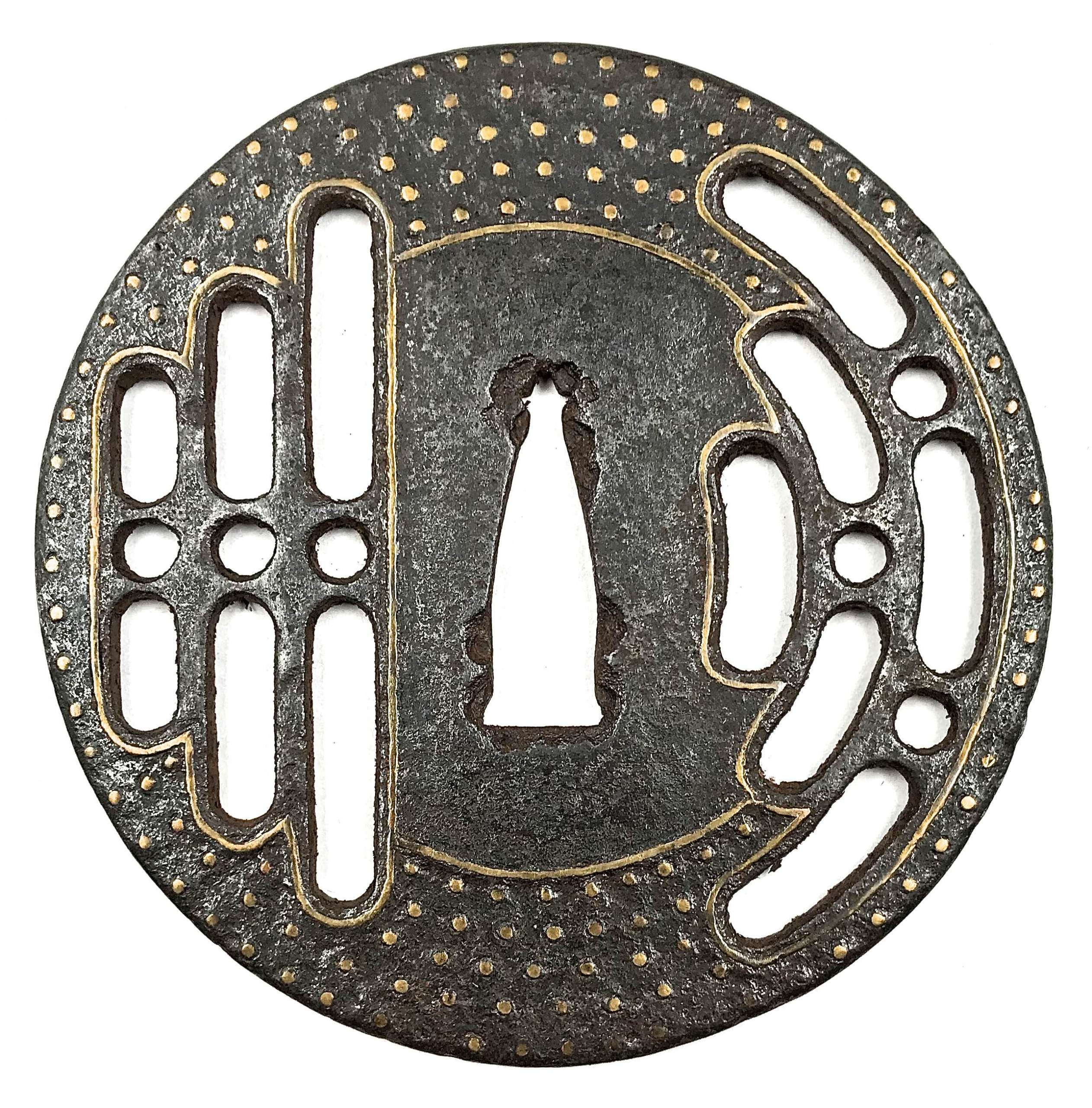 Reference to this design can be found in LIB-1359.2017 Japanese Swords and Tsuba from the Professor A. Z. Freeman and the Phyllis Sharpe Memorial collections, Sotheby's, London, Thursday 10 April 1997; p. 18-19, lot № 37: "A Kamakura-bori Tsuba, Momoyama Period. ...pierced with two large formalised butterflies..."
Reference to this design can be found in LIB-1359.2017 Japanese Swords and Tsuba from the Professor A. Z. Freeman and the Phyllis Sharpe Memorial collections, Sotheby's, London, Thursday 10 April 1997; p. 18-19, lot № 37: "A Kamakura-bori Tsuba, Momoyama Period. ...pierced with two large formalised butterflies..."



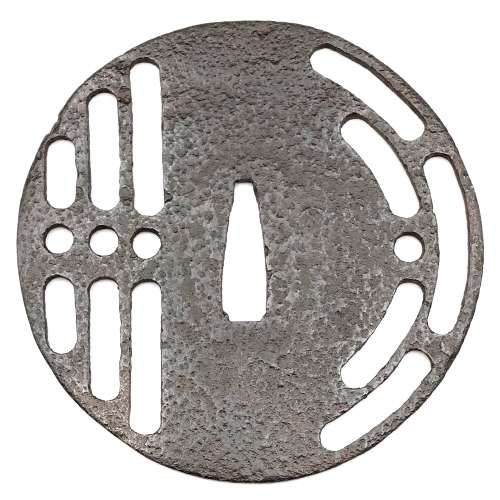



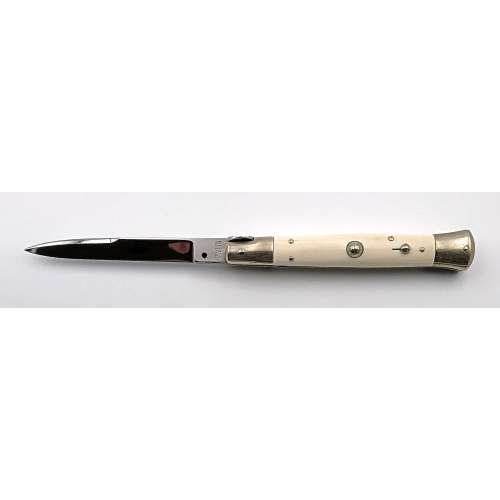



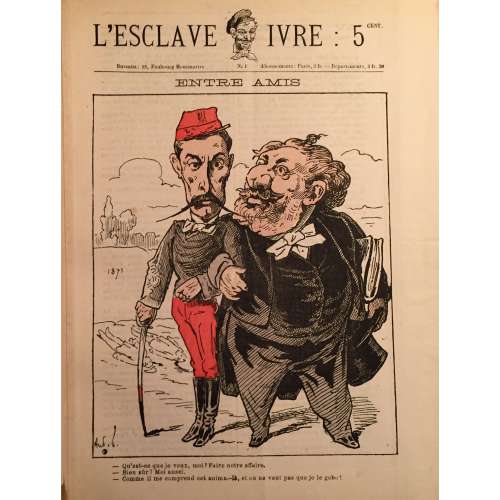
![[ROSCOE, Thomas, translator]. Tales of Humour, Gallantry, & Romance, selected and translated from the Italian. With sixteen illustrative Drawings by George Cruikshank. London, Printed for Charles Baldwyn, 1827.](https://varshavskycollection.com/wp-content/uploads/2021/02/LIB-1079-2-scaled-500x500.jpg)
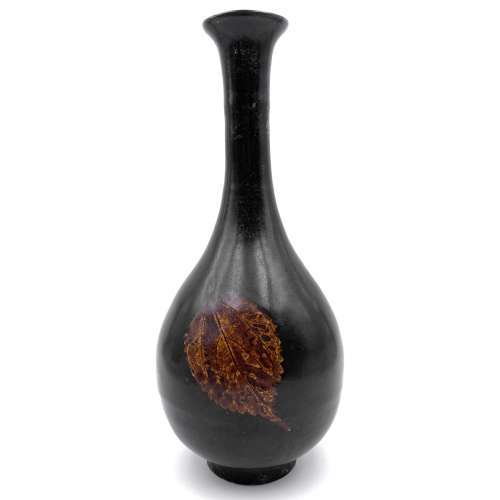
![[James Macpherson]. The Poems of Ossian / Translated by James Macpherson, Esq; In Two Volumes. A New Edition; Two volume set. — London: Printed for W. Strahan and T. Cadell, MDCCLXXXIV [1784]. — Vol.1: [i-v] vi-xiii, [2] 3-404 pp; vol.2: [6], [2] 3-435 pp.](https://varshavskycollection.com/wp-content/uploads/2021/02/LIB-2397.2020-500x500.jpeg)

